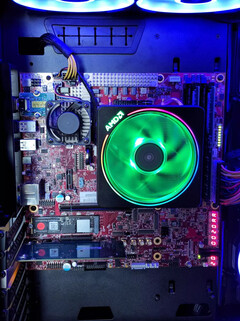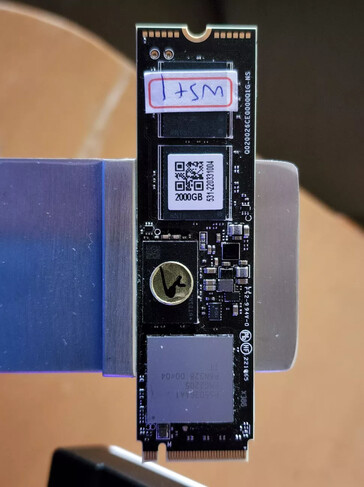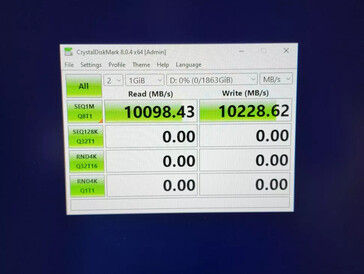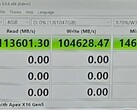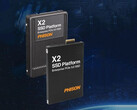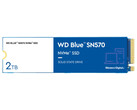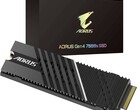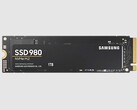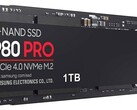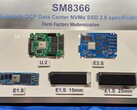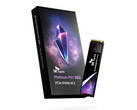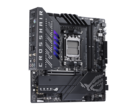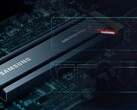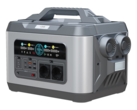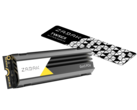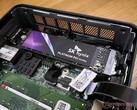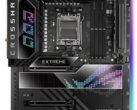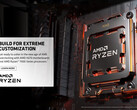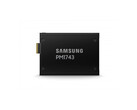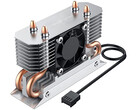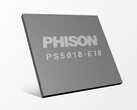At the 2022 Flash Memory Summit, Phison showed off its PS5026-E26 PCIe Gen5 SSD controller hitting slightly above the 10 GB/s mark in a CrystalDiskMark sequential read and write test. Though Phison did previously demonstrate the E26 controller, this is the first time that the company is teaming up with AMD and Micron.
The prototype PCIe Gen5 NVMe SSD powered by the Phison E26 had memory chips based on Micron's new 232-layer B58R NAND flash. When shipped, Micron's 232-layer flash will be the among the densest flash packaging in the industry enabling up to 2 TB per chip package. According to Micron, the B58R's increased storage density allows the company to offer 100% faster writes, 75% faster reads, and a 28% smaller package compared to the previous generation.
The test system used by Phison was kept largely under wraps — understandable given that we are still some days away from the official Ryzen 7000 unveil. That being said, Tom's Hardware reports that the PC uses a 6C/12T AMD Ryzen 7000 processor with a codename 100-000000593-20_Y and has two DDR5 RAM sticks along with active cooling for the motherboard's VRMs.
The Micron B58R 232-layer TLC flash also marks the move to a six-plane architecture (from previous four planes), so Phison will have to modify the controller accordingly. The present setup was demonstrated to hit 1,600 MT/s but can purportedly hit 2,000 MT/s with necessary optimizations. Phison said that it aims to hit the 12 GB/s sequential reads and 11 GB/s sequential writes mark and 1.5 million random read IOPS and 2 million random write IOPS by the time E26-powered drives arrive in the market.
Phison is also looking to prep its firmware to better support Microsoft DirecStorage, which should see tangible benefits with the high sequential reads possible in a PCIe Gen5 SSD. Drives with Phison controllers can also be expected to support AMD's tweaked version of DirectStorage named Smart Access Storage, which should debut with the launch of Ryzen 7000 Zen 4 processors.




